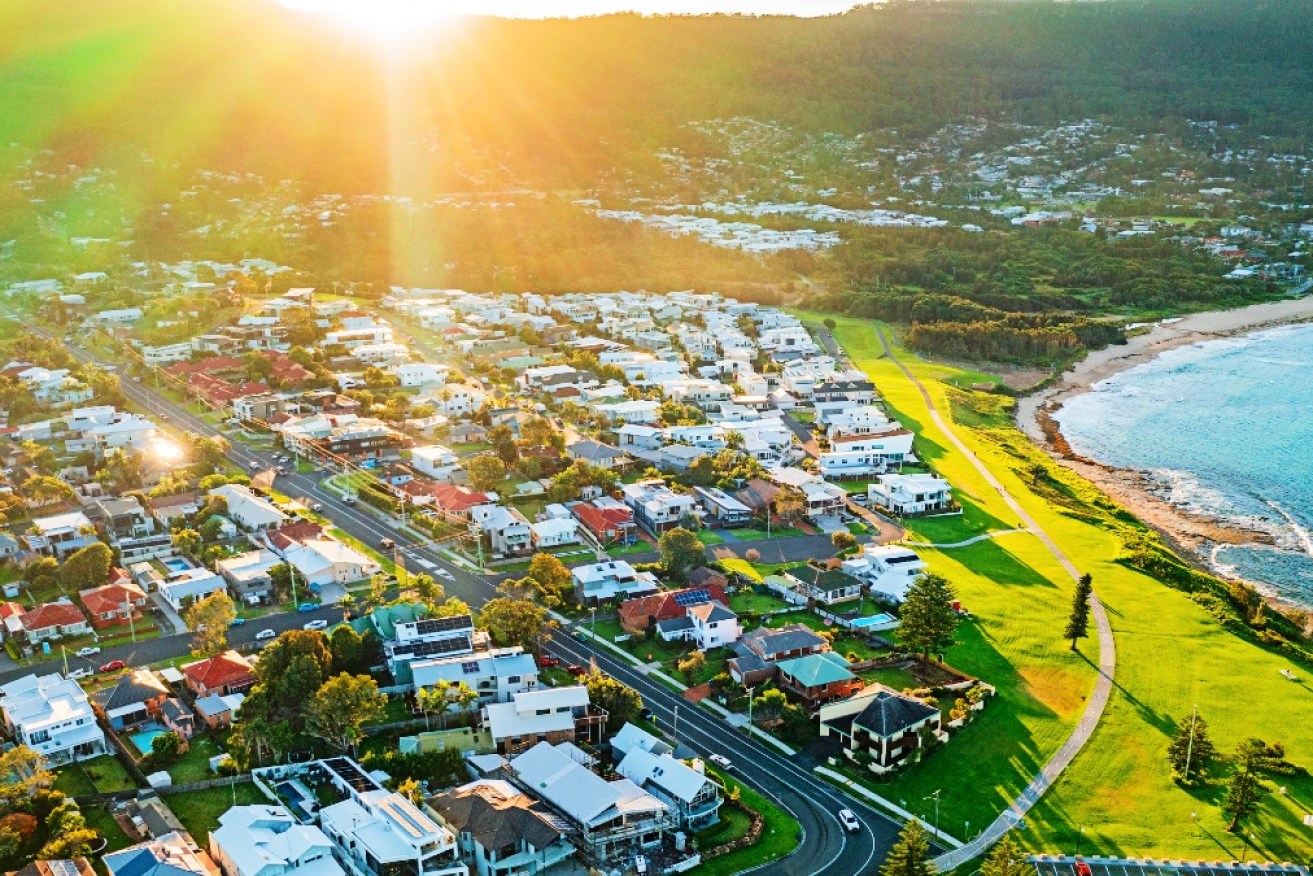Nation’s greatest failure is housing, super the biggest success. It’s time to put the two together

The lack of affordable housing is causing serious social and economic problems. Photo: Getty
A shortfall of affordable housing is arguably Australia’s greatest economic failure.
The $3.3 trillion we’ve saved for our retirements is perhaps our greatest economic triumph.
The appeal of fixing one with the other is obvious.
But can we use superannuation to tackle the housing crisis without compromising returns like Treasurer Jim Chalmers suggests?
If we can pull it off, the result would truly change the nation.
Right now, one in 15 households are in housing stress and at risk of homelessness. Without intervention, this figure will rise to one in 10.
The lack of affordable housing is trapping women in violent relationships, holding back children’s development and resulting in one in five Indigenous Australians living in overcrowded dwellings.
Need for subsidy program
To make it work there needs to be a consistent and long-term government subsidy program that can bridge the gap between what residents can afford to pay and the returns institutional investors need for their members.
By nature affordable housing rents are not at market rates, so – unless government can provide concessions – most affordable housing investments won’t stack up.
The introduction of legislation for the $10 billion Housing Australia Future Fund (HAFF) this week is an important milestone in creating better designed incentives – it will provide $500 million a year in affordable housing subsidies over the next 25 years.
This gives investors certainty that there will be a subsidy program in place that matches their own long-term investment horizons.
While there is an important Parliamentary debate on the scope and make-up of the Housing Australia Future Fund it is vital that the legislation is ultimately passed.
As not only does the lack of affordable housing deprive people of their right to shelter, it is also restraining the economy, with a recent Housing All Australians and SGS Economics and Planning study showing every dollar invested in social and affordable housing delivers two dollars in benefits from health cost savings, reduced crime, better education outcomes, and increased productivity.
Boosting investment in social and affordable housing is clearly in the national interest, and with some tweaks including those contained in the HAFF legislation, it can be in the interest of the super fund member.
But this legislation should be just the start. Governments should encourage housing developments that mix private market housing with social and affordable homes.
These reduce risk and provide an acceptable rate of return.
Developments like the Assemble Communities/Housing Choices partnership at Kensington and Brunswick have delivered 370 units in Melbourne, mixing social, affordable and private housing.
Working models exist
AustralianSuper has already invested, demonstrating the appetite of super funds even with limited government involvement.
The model includes a pathway to home ownership for many, and with greater government support more could be done to assist those on lower incomes.
Governments can also accelerate investment by both providing land and giving it the right planning framework.
Land releases should be scheduled to develop and supply affordable housing stock to meet demand, especially in areas close to key employment and transport hubs where values are higher and rents are prohibitively expensive.
When paired with the right planning controls, this can really shift the dial.
These are just some of the principles that must underpin the new housing accord. If we get the design right there will be no shortage of investors.
Properly structured, affordable and social housing is a low-risk investment that can deliver income for decades to come while boosting the Australian economy.
- A previous version of this article included the detail that the Housing Australia Future Fund woukd invest $500 million over 25 years. The investment is in fact $500 million per year for 25 years.
Wendy Hayhurst is the CEO of the Community Housing Industry Association and Matt Linden is the deputy CEO of Industry Super Australia








